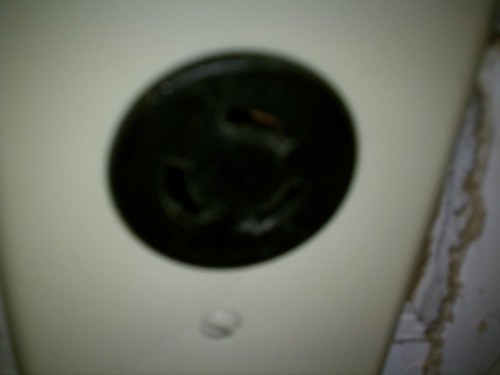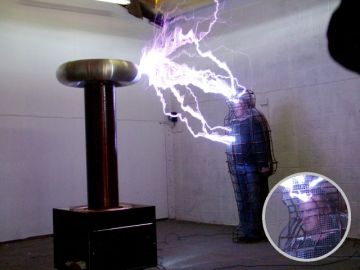magnj
Well-Known Member
All, I'm hoping to build out a 10 gallon electric brewery with a friend. He has what I believe to be an L6-50 outlet in his garage which his father used for his big drill press and table saws. Can I safely build a rig using a few 240V elements using this outlet? I'm assuming ( I haven't gotten over there with a multimeter yet ) that it's 2 hots and a ground. What about if I also wire in some 120V pumps? Should I use a separate 120V line with a proper ground and neutral for the pumps?
If not, what would I be looking at to re-wire this thing the right way with 4 prongs? I'm assuming I'd need to run new wire? I appreciate any help you can offer! :rockin:
If not, what would I be looking at to re-wire this thing the right way with 4 prongs? I'm assuming I'd need to run new wire? I appreciate any help you can offer! :rockin:





